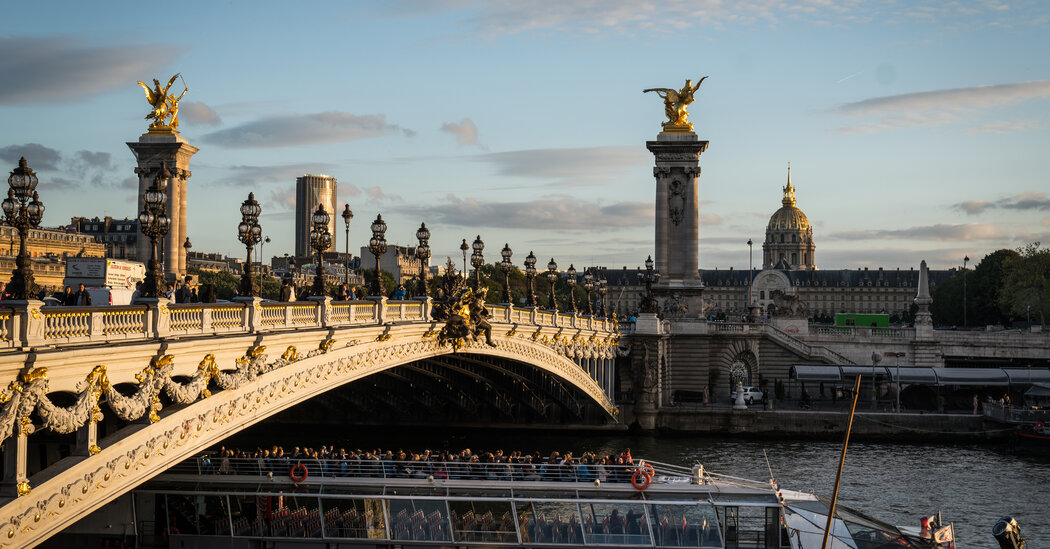“In general, hotel rates in Europe are more reasonable than domestic rates, and the exchange rate only helps that,” said Keith Waldon, the founder of Departure Lounge, a high-end travel agency in Austin, Texas, who recently spent two months in Florence. “Plus, restaurant pricing in many cases has gone down as restaurants try to bring back demand.”
With seven Parisian locations, Orso Hotels is averaging 85 percent occupancy in June, which is high. Still, management has raised its prices only slightly in response to demand. Its nightly rates for the Hotel Leopold in the Montparnesse district in 2019, when it had just opened, was 150 to 200 euros. This June its average rate is 216 euros.
“While we could increase our nightly rates after two distressed years, we have decided to not take that risk because we want people to return to Paris and be happy with their trip and have it at a fair price,” said Louis Solanet, the owner.
With his wife, Danny Groner, a marketing director in New York City, decided to go to Copenhagen and London rather than Panama this summer when they heard about the favorable exchange rate with the euro. (Since Panama effectively uses the dollar, the cost of traveling there won’t be altered by the dollar’s strength.) Most of their budget will go to airlines and hotels, but they expect to save on museum admissions, tours and food.
“If it costs a little more to get there and get settled, I feel hopeful that every other purchase will be a bargain in comparison,” Mr. Groner said.
Ms. Hechler, the travel agent, recently returned from a cruise on the Danube River where she got a jump start on Christmas shopping.
Click Here to Read the Full Original Article at NYT > Travel…
